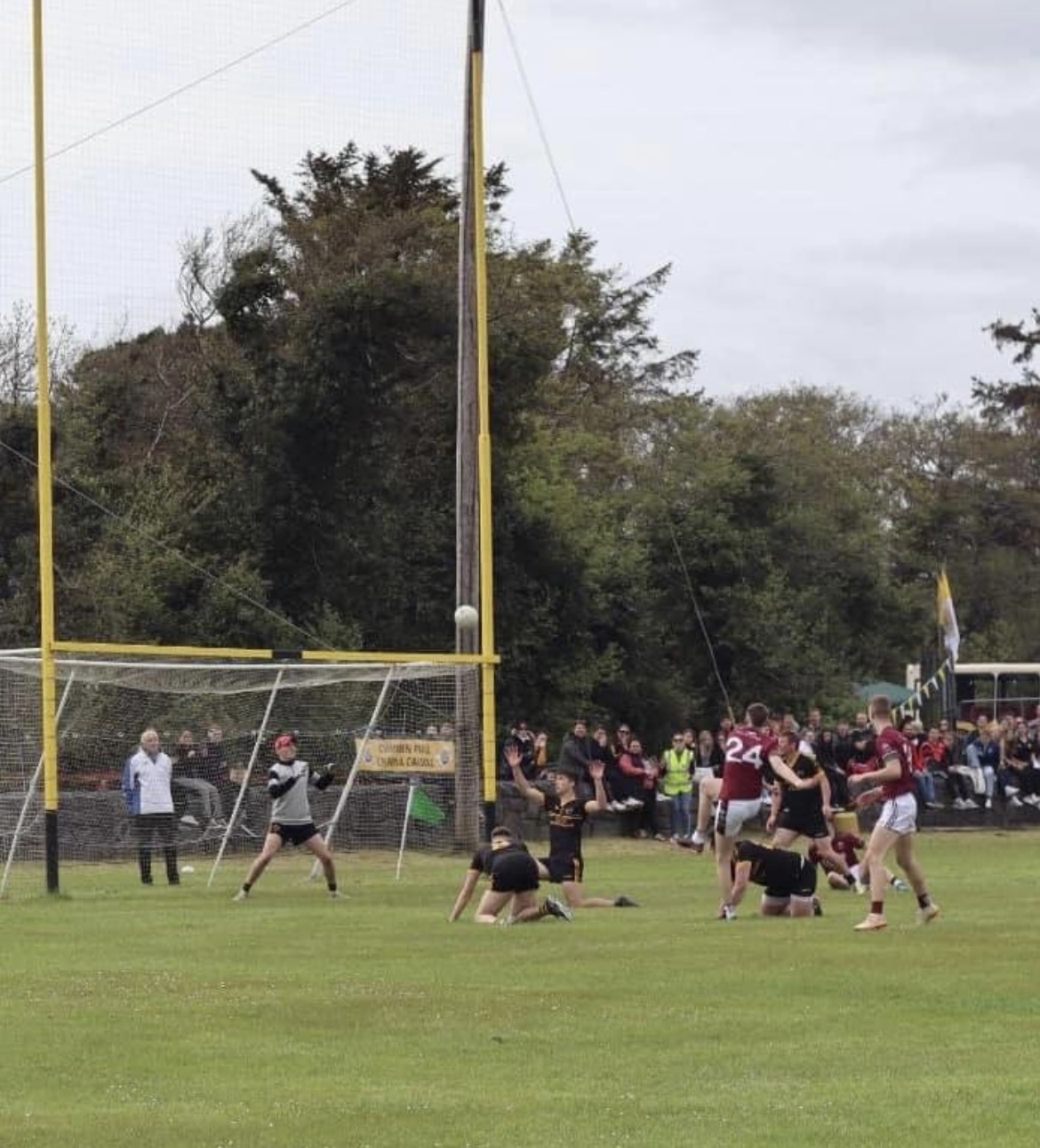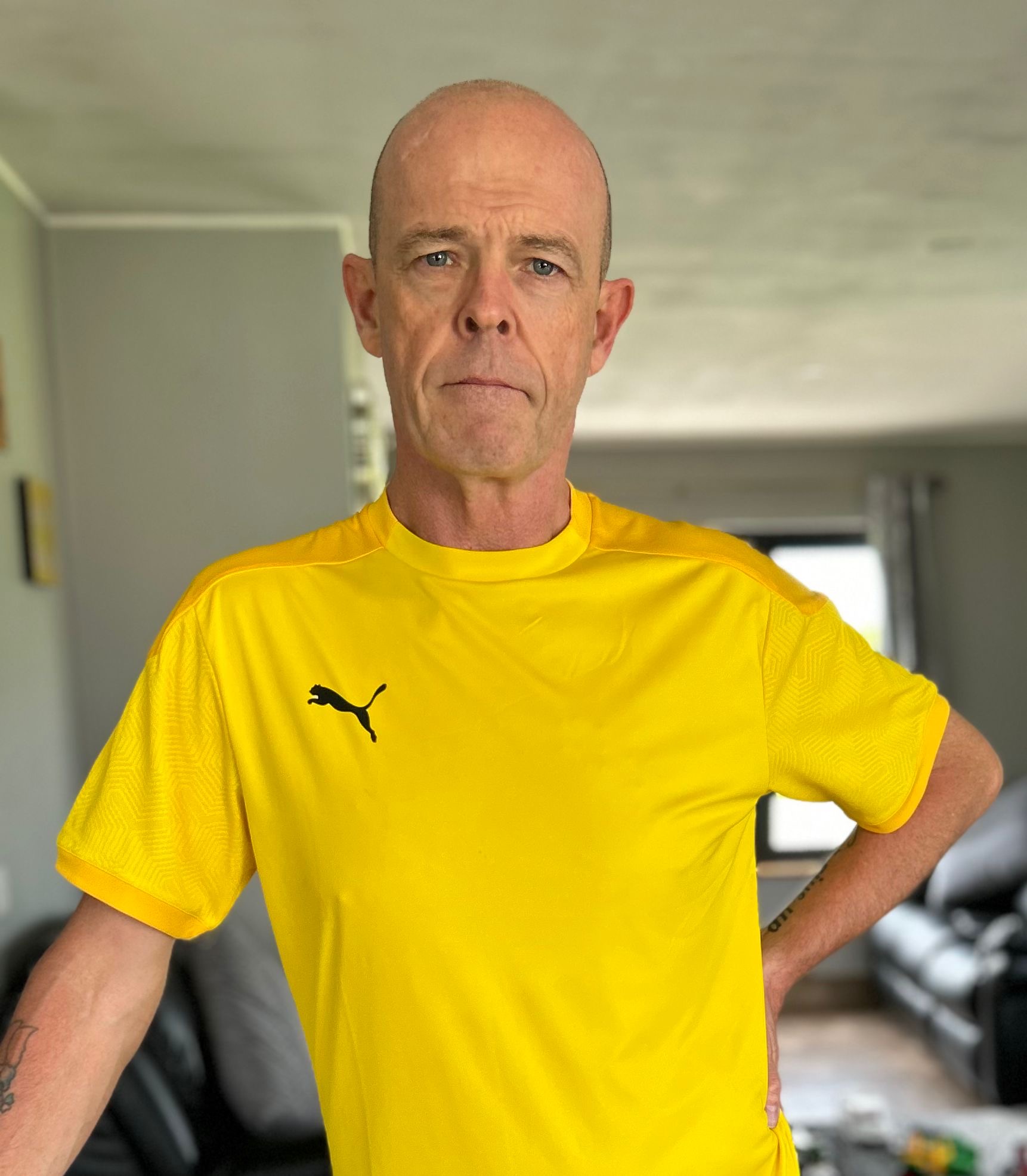“Often athletes have been advised to rest for anywhere between four and six months and then gradually build it back up again. So, when you’ll offer them nine weeks, they’ll nearly take the handoff you. Also, nine weeks is very much the average of what we’re looking at. So, there are athletes that are quicker, athletes that are slower.”
King believes the treatment of hip and groin injuries has suffered from common misconceptions and, subsequently, athletes have struggled through a misguided rehab, sometimes not recovering properly.
“It’s an area probably poorly understood and, as a result, poorly rehabilitated and treated. It goes back to groin pain being thought of very anatomically. Someone has a pubic problem or a groin or a ductor issue and therefore, that area of the body is thought of as the problem. Actually, it’s very much the victim. Groin pain is to do with the way you’re moving and you can’t cut or inject your way out of a problem like that.”
With a relentless stream of athletes visiting the SSC team in Dublin 9 complaining of the same injury, King believes many have been set on the wrong path by age-old misdiagnosis.
“We’re treating approximately 40 new groin patients per week in the clinic so when you’re seeing that volume of athletes coming through with the same problems, you develop a sound understanding of the mechanics driving it and the common pitfalls. For example, the athletes being told that resting the groin will make it better. But rest doesn’t change your movements so as soon as the athlete returns to the level they had been training at before, their symptoms will come right back. Then, they’ll feel they need surgery to correct the groin problem.”
The SSC research into the groin and hip injuries have used 3D biomechanics to intensely study the body’s movements, giving a greater understanding of where an athlete’s problems are stemming from.
“The rehabilitation programmes are individualised. Rather than giving everyone the same, the 3D biomechanics drive the athlete’s own individual deficit and are specific to where their errors are and that’s what allows us to get more efficient. We try and break the programme into three broad segments. One is your single-leg control — your ability to use your abdominal muscles, your hip-flex to stabilise you on one leg and then taking that through squatting and hopping and landing patterns. Phase two would be your linear running pattern — how you run and how efficient your running mechanics are. Level three is your multi-directional work — how efficient you are cutting, turning and evading. Different athletes are better at different parts. Some may have very good linear and could have very poor multi-directional so it varies all the time. But, focusing on what can be generally applied to the sporting populations, if you’re working on operating those three levels, you’ll be a better athlete and your injury rate will be lower.”
King also thinks the biomechanical analysis ensures athletes become more invested in the entire process. They can see what’s wrong with how they’re doing something as well as the potential benefits once they make the requisite corrections.
“If we’re basing biomechanics on how quickly you recover, then how quickly you can improve your biomechanics will ultimately dictate how speedy your recovery is. What we’re saying to the athlete is ‘the way you’re moving is driving your groin pain. The quicker you change the way you’re moving, the quicker your groin will improve’.
Where the real buy-in is long-term with this is that athletes understand when you show them the 3D mechanics and show them the animations. They can see how much quicker they’re going to be when their mechanics are efficient. So, very quickly, the conversation goes from ‘how do I get back from groin pain’ to ‘how can I become a better athlete than beforehand?’”
Perhaps most worryingly, King feels groin and hip injuries have been misunderstood at all levels. For him, many in the sports injury field have been looking for the answers in the wrong place.
“I think sports medicine, in general, has been approaching groin pain the wrong way around.
“They haven’t been looking at the overall mechanics and, regardless of what level of sport you’re operating at, there has been a poor understanding of the biomechanical factors that drive groin pain and the steps you need to take to resolve it permanently.”
The good news is that the UPMC Sports Surgery Clinic are doing things differently.
| This story appeared in the printed version of the Irish Examiner Monday, May 19, 2014 |


 New research by the UPMC Sports Surgery Clinic will help athletes and GAA players recover from the groin and hip injuries in nine weeks, according to
New research by the UPMC Sports Surgery Clinic will help athletes and GAA players recover from the groin and hip injuries in nine weeks, according to 







